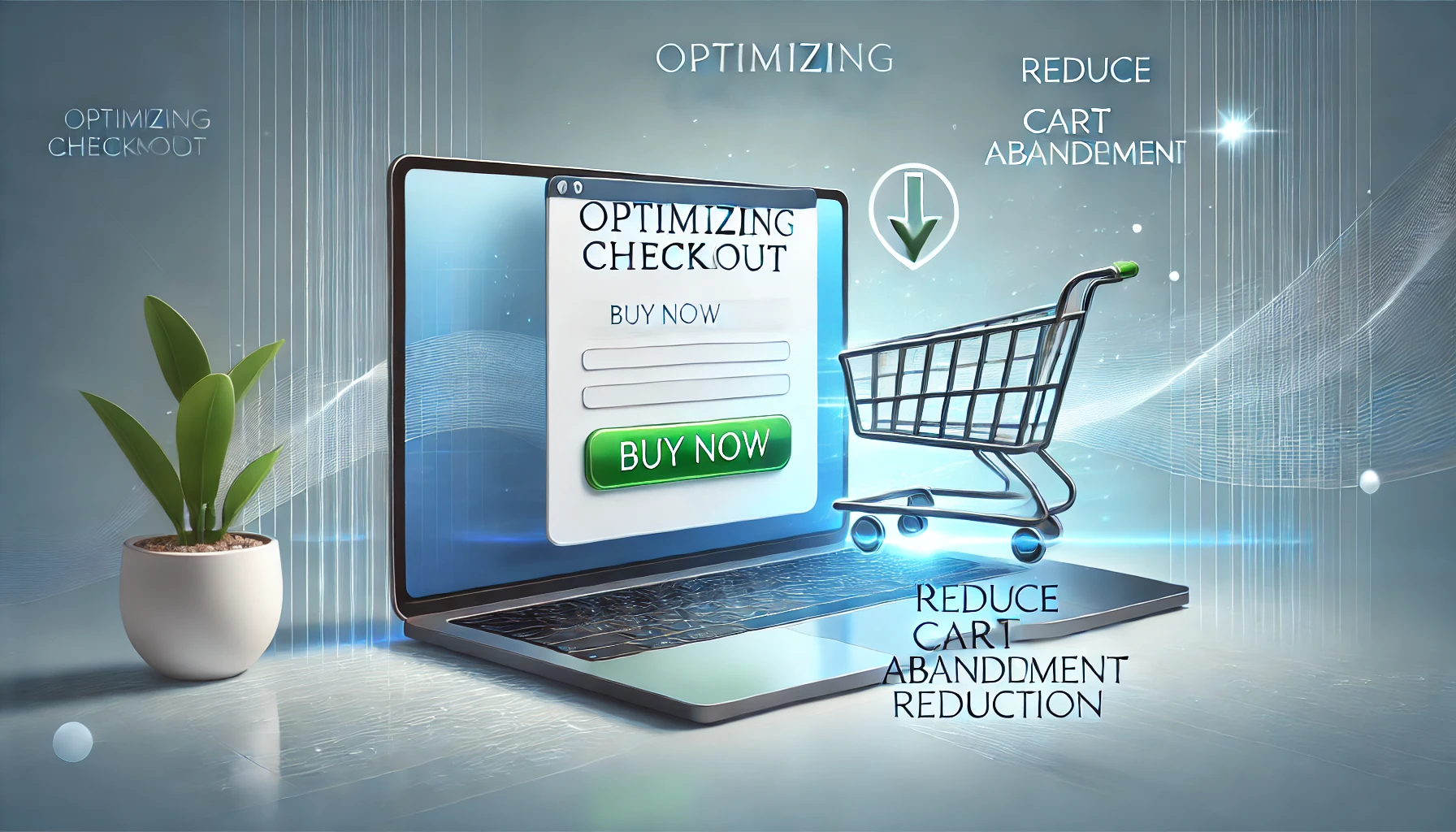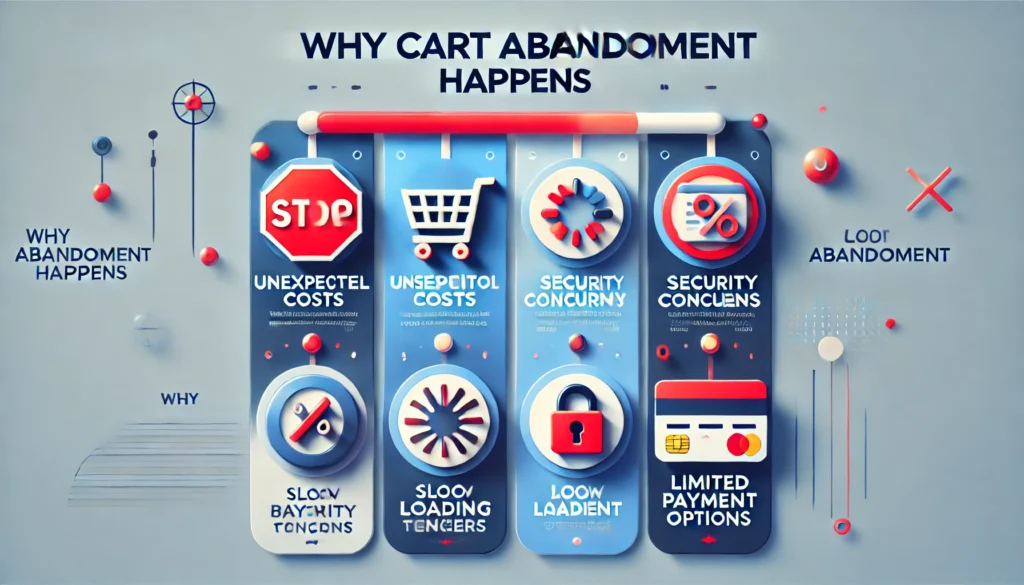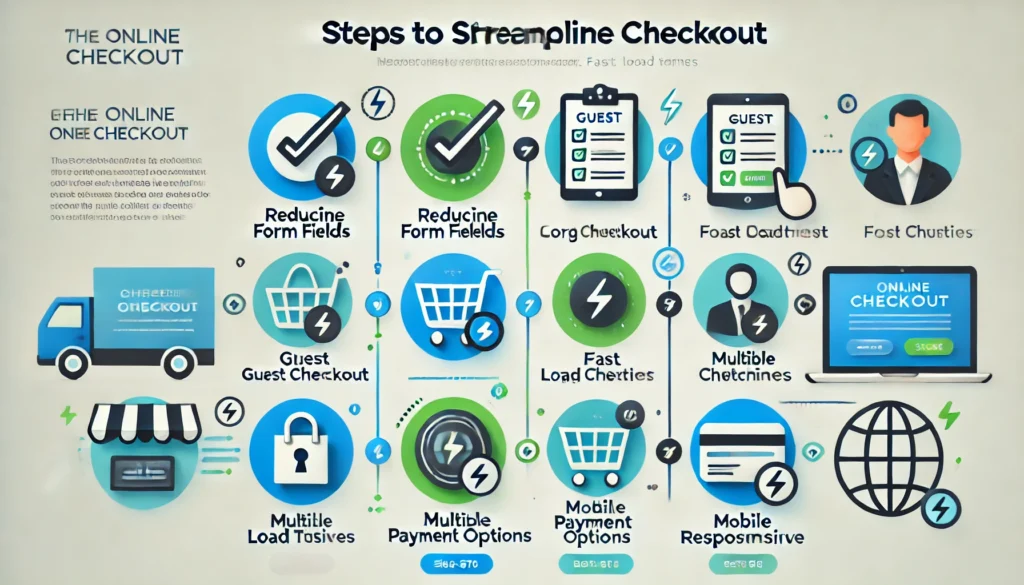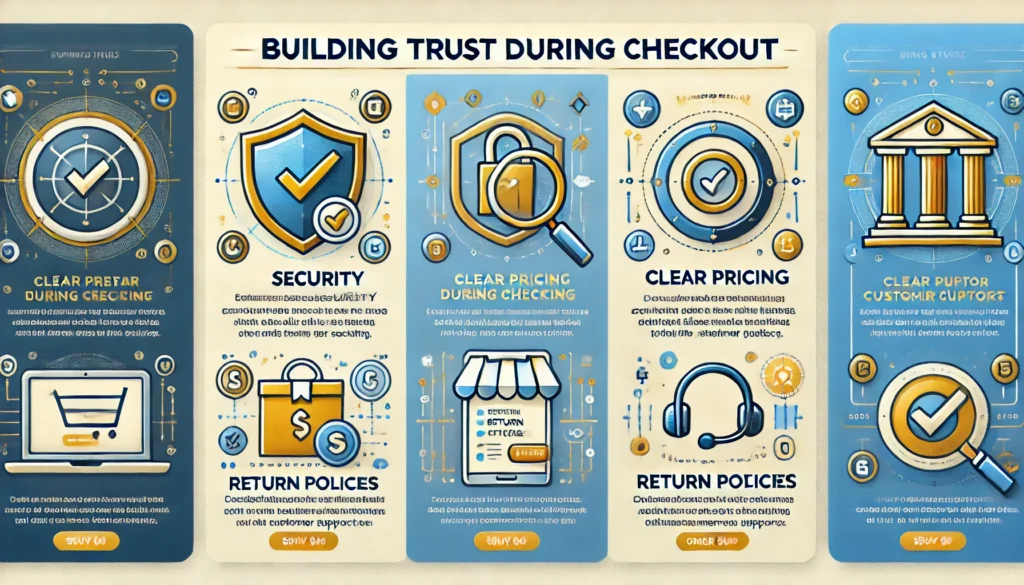In a digital landscape crowded with endless content and fierce competition, a website’s loading speed can mean the difference between a loyal customer and a fleeting glance. The importance of speed for search engine optimization (SEO), user retention, and overall user experience cannot be overstated, especially when consumers demand instant access to the information or products they desire. A fraction of a second can define the user’s perception of your brand, influence your visibility on search engines, and ultimately determine the success of your online presence. From major tech companies that spend millions perfecting the speed of their websites to individual bloggers looking to improve bounce rates, everyone has realized that performance is not just a technical criterion—it is the heartbeat of every modern digital venture.
This discussion unpacks the essential role that website speed plays in current online ecosystems. It explores how faster loading times contribute to higher search rankings, increase user retention, and create a positive user experience. In addition, you will discover how investing in professional web development services, such as those provided by Vadimages, can supercharge your site’s performance. When website speed meets expert design, the possibilities become limitless.
Speed in the Modern Digital Ecosystem
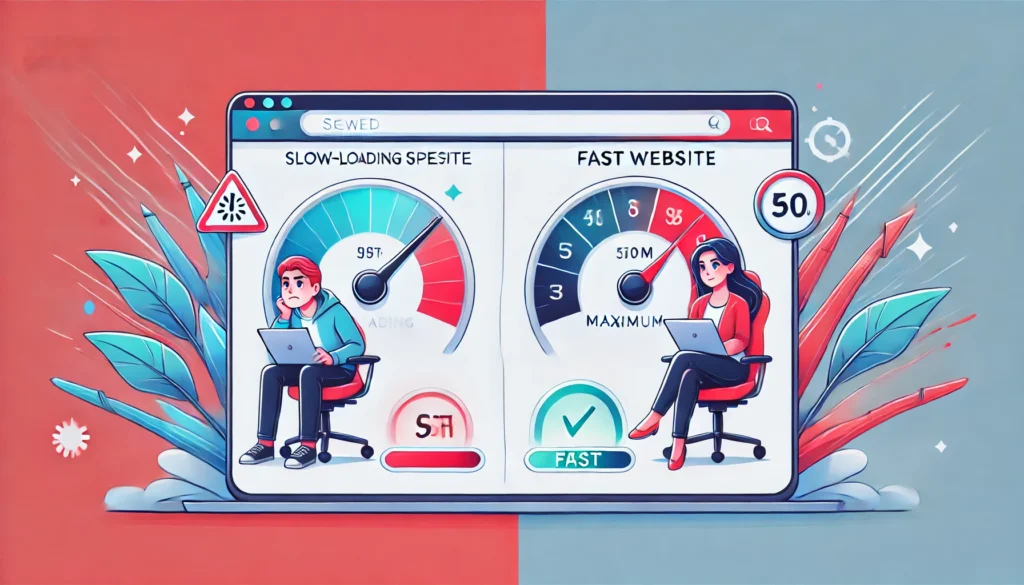
The moment users land on a website, they expect it to load without delay. Pages that dawdle for more than a few seconds risk being abandoned, as online audiences have grown accustomed to seamless digital experiences. High-speed internet connections, advanced mobile devices, and powerful desktop hardware have collectively raised the bar for website performance. A ten-second wait in the early days of the web was tolerable, but today even four seconds can feel like an eternity, prompting the user to close the tab in frustration.
However, the significance of speed goes beyond mere convenience. In a world where people rely on their smartphones to make purchases on the go, check the news, and communicate with loved ones, any hint of lag can disrupt the daily flow. A slow-loading shopping cart page can cut into a business’s revenue because impatient customers may abandon their carts before completing the purchase. A slow-loading blog post can discourage a reader from diving deeper into other articles on the site.
Website speed has become not only a standard by which users judge the credibility of a brand but also a crucial factor in forming lasting impressions. If users experience delays, they might suspect the site is insecure or outdated, regardless of the actual content or service quality. That initial feeling of trust or distrust can linger, affecting future visits and word-of-mouth referrals.
The rapid evolution of devices and connection speeds has also encouraged frameworks, content delivery networks (CDNs), and other optimization strategies. Modern web development places a premium on fast rendering, compressed data, and minimal overhead. Developers track metrics such as the Time to First Byte (TTFB), First Contentful Paint (FCP), and Largest Contentful Paint (LCP) to evaluate how quickly a website becomes interactive and visually complete. These data points provide valuable insights into user engagement and shape optimization decisions.
For anyone aiming to keep pace, the question is not merely whether a site should be fast, but how to ensure it remains fast at all times. Even the most efficient websites can suffer speed setbacks when traffic spikes occur or when updates introduce code bloat. The dynamic nature of the internet requires continuous vigilance, routine performance checks, and a readiness to adapt.
The Powerful Influence on SEO
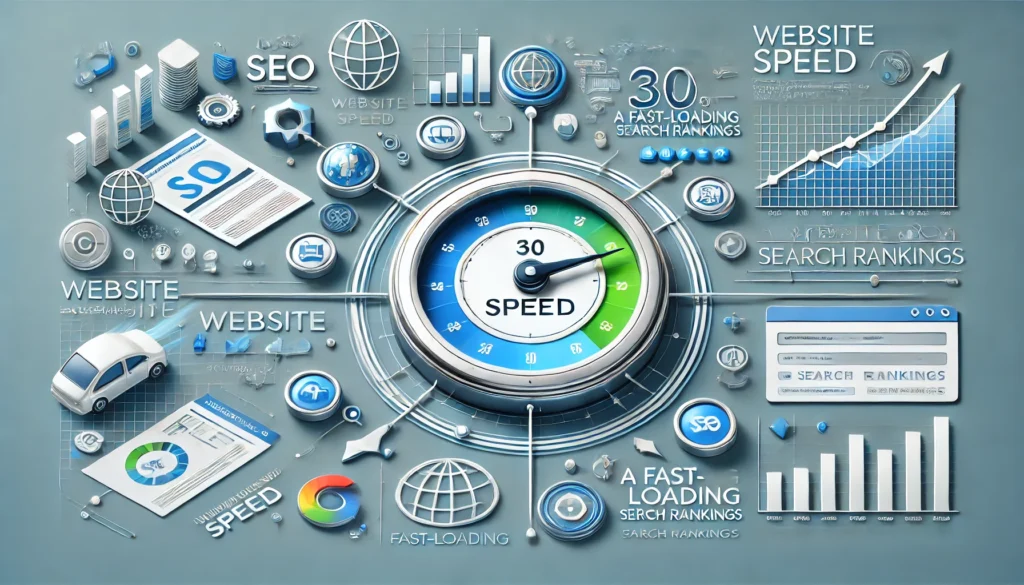
When discussing website speed, one of the most pressing concerns for businesses and marketers is how it influences SEO. Search engines consider a variety of signals to rank sites, including mobile-friendliness, content relevance, and overall user experience. Speed has become an increasingly critical part of that formula. A website that loads quickly reduces bounce rates and keeps visitors engaged, which sends positive signals to search algorithms.
Long gone are the days when SEO was solely about keyword density and metadata. Modern algorithms analyze user behavior, including how long visitors stay on a page and how many pages they view before exiting. A slow site can lead to immediate departure, robbing search engines of crucial engagement signals and pushing the site further down the results pages. In many ways, speed is both an indirect and direct SEO factor: it affects how visitors interact with your content and stands as an independent ranking consideration in certain search engine updates focused on user experience.
Search engines aim to deliver the best possible results to their users. If a site cannot keep pace with expectations, it is less likely to be recommended at the top of the search results. This is especially critical for mobile users, who often operate under constraints like limited bandwidth. Since mobile usage continues to expand, an uncompromising approach to performance optimization becomes a necessity. Failing to adapt could mean losing valuable ground to competitors who have made site speed a top priority.
Focusing on SEO without addressing speed is like building a house on quicksand. No matter how strong your content and keyword strategy might be, a sluggish user experience can undo your efforts. Optimizing images, minifying scripts, leveraging caching solutions, and employing a reliable web hosting environment are all strategies that help maintain fast load times. For websites that experience consistent growth in traffic, the scalability of the hosting environment must be considered as well. Performance bottlenecks and slowdowns become more pronounced when a site experiences sudden spikes in user visits, and search engines do not offer leniency for such dips.
The link between SEO and speed has grown stronger as search engines prioritize user satisfaction more than ever. Thus, investing in performance optimization pays dividends not just in keeping your audience around longer but also in boosting your site’s chances of ranking higher. A truly comprehensive SEO campaign must integrate speed as a foundational pillar, bridging the gap between technical efficiency and high-quality content.
Retaining Users in a Fast-Paced World
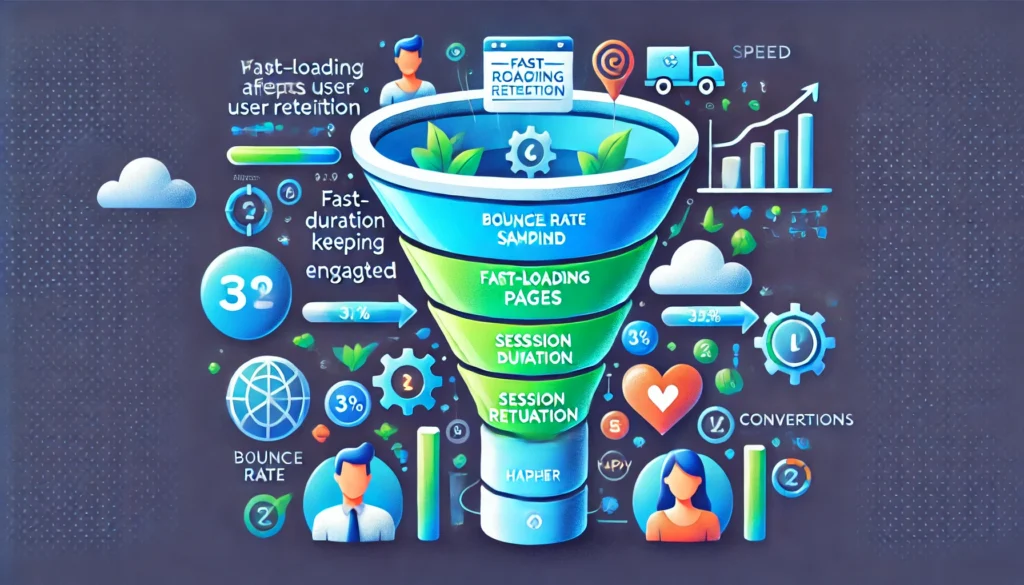
In the realm of user retention, speed can make or break the visitor’s decision to remain. If people land on your homepage and face lengthy load times, many will bounce away before the first line of text even appears. This is a universal truth, whether you run a personal blog or an international e-commerce platform. The faster your site can display valuable information, the more likely users are to continue their journey and explore what you have to offer.
Every second of delay stacks up, whittling down your chances of making a memorable impact on your audience. Repeatedly slow performance can cultivate negative brand associations. Visitors may perceive your platform as lacking credibility or modernity if the experience feels sluggish. These emotional responses become even more vital when you rely on return visitors, subscription-based services, or consistent engagement through comments and community interaction.
Consider the scenario of a new online store vying to compete with well-established giants. Even if the new store offers compelling prices and unique products, the friction caused by slow page loads can be enough to send prospective customers elsewhere. If a user cannot efficiently browse product listings, filter items, and finalize a purchase, the store’s potential success diminishes drastically.
User retention is intricately tied to how smoothly a site operates during complex tasks, such as database queries, real-time product updates, or dynamic content generation. A site may load its homepage quickly but flounder when users begin exploring deeper sections. This discrepancy can create an inconsistent experience, resulting in lost customers who might have been on the verge of making a purchase or signing up for a newsletter.
An essential part of retaining users is building trust in every interaction. When your site loads quickly and responds to clicks and scrolls without lag, visitors feel empowered and in control. That sense of ease encourages exploration, social sharing, and conversions. In a digital environment saturated with alternatives, the slightest obstacle can divert traffic to a competing platform. Ensuring high-speed performance at every step fosters loyalty, as people learn they can depend on your platform for prompt, reliable service.
Crafting an Exceptional User Experience
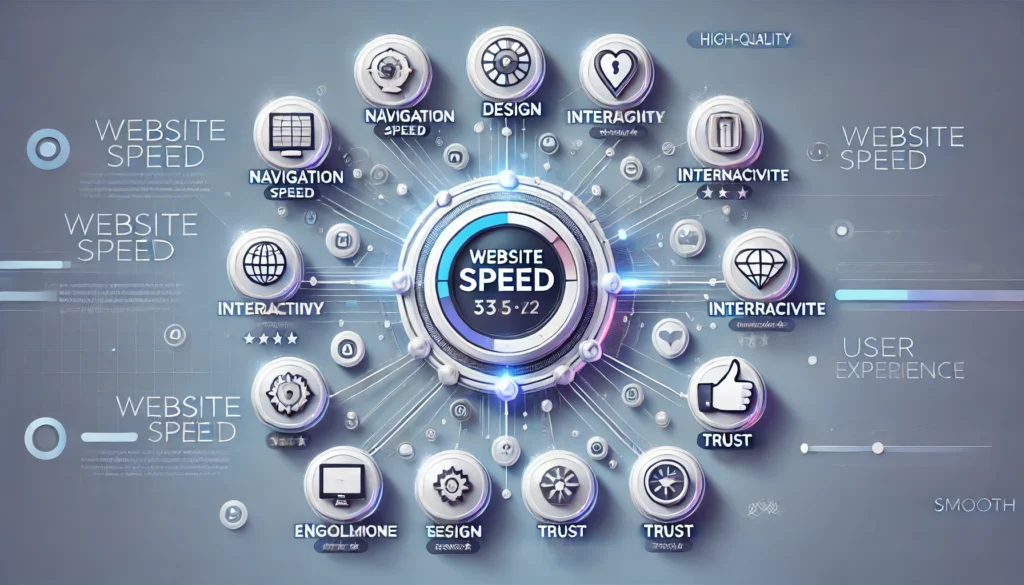
User experience (UX) encompasses every facet of a visitor’s interaction with your website, from the visual design and intuitive navigation to the perceived responsiveness and reliability. Speed underpins each of these elements. Even the most elegant design cannot compensate for page loading delays. The moment your layout or content takes too long to appear, aesthetic appeal loses its allure because the user’s frustration overrides appreciation.
A seamless user experience begins with pages that load at lightning speed and continue to respond fluidly as the visitor interacts with different site features. This quality instills an immediate sense of professionalism and competence. People often subconsciously associate swift performance with a higher level of care and expertise from the website owner or brand. Fast websites remove obstacles to browsing, allowing the user’s focus to remain on the content or products. This approach yields tangible benefits, such as fewer abandoned carts, higher satisfaction ratings, and increased chances for repeat visits.
Designers and developers use layout shifts, preloading strategies, and optimized code to ensure that the user sees meaningful content as quickly as possible. These techniques reduce the dreaded blank screen phase, giving visitors a strong reason to remain engaged. Audiences may not be aware of all the behind-the-scenes work, but they notice the difference in how smoothly everything runs.
For those who want to illustrate the impact visually, consider a simple graphics element that shows the process of a user loading a website.
Fast Loading Website ---> Positive First Impression ---> Longer User Engagement
\
Slow Loading Website ---> Frustration and Abandonment ---> Traffic and Revenue LossIn the above simplified diagram, you can see the stark contrast in user behavior. Quick loads funnel audiences into deeper engagement, while slower experiences prompt an almost reflexive exit. By delivering a fast experience, you are effectively guiding users into a more positive cycle that includes exploring additional pages, completing actions, and potentially sharing content on social media.
When speed, design, and usability intersect, the outcome is a digital environment that feels natural, pleasing, and rewarding. Creating this environment often requires collaboration among web developers, UX designers, content creators, and marketing teams. Everyone must work in harmony to ensure that images are optimized, code is lean, and hosting solutions are robust. Accessibility, security, and device compatibility also become integral to a truly inclusive experience.
Yet, this level of cohesion can be challenging to achieve without the right partner. That’s where Vadimages comes in. Our web development studio, accessible at vadimages.com, is dedicated to crafting high-performing websites that excel in every aspect of user experience. From lightning-fast load times to visually captivating designs, Vadimages prioritizes your site’s success in a competitive digital marketplace.
If you are looking for a reliable partner to develop or enhance your website, Vadimages offers comprehensive solutions tailored to your brand’s unique needs. Our experts use the latest frameworks, performance optimization techniques, and design trends to ensure your audience enjoys a fast, intuitive, and secure browsing session every time. Whether you need a brand-new website built from the ground up or want to fine-tune your existing platform, our dedicated team is ready to transform your online presence.
At Vadimages, we understand that every second counts. Our streamlined workflow ensures minimal downtime, and our performance-centric development approach systematically removes bottlenecks that slow down your site. By partnering with us, you not only gain a visually polished platform but also a strategic edge in today’s crowded digital sphere. We welcome you to join our growing roster of clients who have discovered the value of professional web development services that focus on speed, user experience, and long-term growth.
Conclusion
Website speed is more than just a fleeting technical concern; it is a vital pillar that supports SEO, user retention, and the entire user experience. Fast-loading pages score higher in search engine rankings, keep visitors coming back, and create an inviting environment that encourages exploration and conversions. In contrast, sluggish load times undermine credibility, reduce engagement, and harm your brand’s bottom line.
By giving website speed the attention it deserves, you can elevate your online platform from a mere presence to a dynamic force that captivates its audience. Expert services like those offered by Vadimages help you tackle speed issues head-on, ensuring your site maintains optimal performance. If you want to stay ahead of the curve, maintain user loyalty, and climb search rankings, there is no substitute for a fast, reliable, and intuitive user experience. The time has come to transform your website into a high-performing hub that reflects the best of what your brand has to offer.

